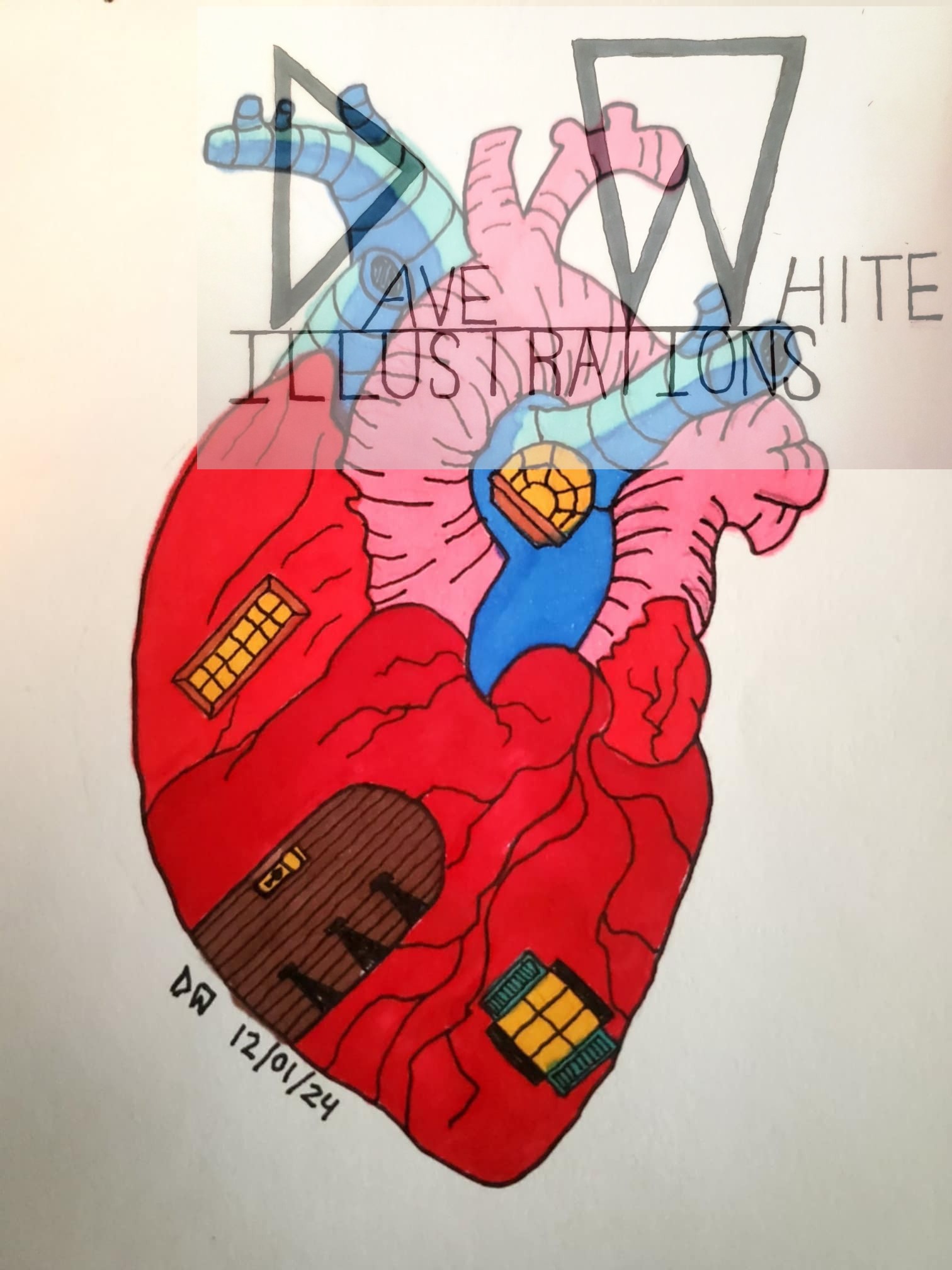Part 3: “The True Motives Behind Trujillo’s Offer”
Racial Ambitions
Trujillo’s ambition to “whiten” the Dominican Republic underscores a deeply ingrained racial motive that defined his policies. He perceived European refugees, particularly those with fair skin, as essential tools in altering the racial demographics of the nation.
During Trujillo’s era, race and social status were closely intertwined, with lighter skin often linked to power and privilege. He envisioned infusing the country with European bloodlines. He hoped this would elevate the nation’s global standing. It would reinforce an image of European sophistication.
This ideology stemmed from his wish to align the Dominican Republic more closely with a European identity. He wanted to reduce the influence of its African and Haitian heritage. This was despite Trujillo’s own mixed-race background.
This effort to create a “whiter” nation was not just symbolic. It showed his commitment to create a racial hierarchy. This hierarchy favored European descent and marginalized non-white populations.
Economic and Financial Incentives
Trujillo’s offer to Jewish refugees was not just a political or social maneuver—it was also a strategic economic calculation. Refugees were meticulously vetted to make sure they possessed skills that contribute to the Dominican economy.
Trujillo envisioned their arrival as a means to stimulate various industries, including agriculture, manufacturing, and small-scale entrepreneurship. These immigrants brought with them knowledge of modern farming techniques. They also carried skills in artisanal trades and possessed professional knowledge. Trujillo expected these attributes to boost productivity and innovation.
Furthermore, he saw them as a solution to existing labor shortages. This was particularly true in underdeveloped areas. This strategy would align with his vision for a more prosperous and self-reliant nation. Yet, entry was not granted freely. Those accepted had to show their financial capacity. They also had to pay fees that directly enriched Trujillo and his inner circle.
The dictator used the influx of Jewish settlers as a source of capital. This created a controlled flow of financial advantage to himself and his loyalists.
Population Redistribution
Trujillo’s ambitions extended beyond demographic change; they included a strategic plan for redistributing the population to solve economic imbalances. In the 1930s, many Dominicans migrated from rural to urban areas. This left the countryside sparsely populated and underutilized.
Trujillo’s offer to the Jewish refugees was designed to reverse this trend. By placing refugees in the Sosúa region, he aimed to transform neglected rural areas into thriving agricultural settlements. This redistribution served multiple purposes.
It provided labor for large-scale farming projects.
It reduced urban overcrowding.
It reinforced Trujillo’s vision of agricultural development as the backbone of the nation’s future.
The settlement at Sosúa became a model. It showed how Trujillo intended to harness external populations to revitalize rural areas. He ensured they contributed to the national economy.
Public Image Repair
In October 1937, Trujillo’s brutal regime reached a low point. He ordered the massacre of over 10,000 Haitian migrant workers. This atrocity drew widespread international condemnation.
Trujillo needed to repair his sullied reputation. He sought an act that would shift global perception from a ruthless tyrant to a benevolent leader. He offered shelter to Jewish refugees fleeing Nazi persecution. This was a calculated move to redirect attention.
His intention was to recast his public image. He positioned himself as a humanitarian. He showed willingness to protect the persecuted. In doing so, he sought to deflect criticism. He wanted to garner positive press, particularly from influential American media and Jewish communities.
This plan bore fruit: international praise followed, with news outlets highlighting his efforts and contrasting them against his recent atrocities. Trujillo’s gamble succeeded. It painted him as a complex figure. He appeared as a dictator who, under certain conditions, conduct acts of compassion. His aim was to safeguard his legacy.
Strengthening U.S. Relations
Trujillo’s calculated outreach to Jewish refugees was also aimed at fortifying his relationship with the United States. He recognized that by offering sanctuary to those persecuted by Nazi Germany, he would win favor with American leaders.
He also ingratiated himself with influential Jewish communities. This move had potential strategic benefits. It paved the way for more favorable trade agreements.
Additionally, it can increase the Dominican Republic’s standing with U.S. policymakers. It sway economic and political support in his favor. Trujillo was particularly keen on gaining leverage in U.S. Congress, where Jewish lawmakers can be influential allies.
This diplomatic maneuver not only improved bilateral relations. It also aimed to secure economic advantages. These included the increase of sugar quotas—a commodity Trujillo and his family controlled extensively.
By aligning his actions with humanitarianism, Trujillo crafted an opportunity to strengthen his international alliances and economic foothold.
Personal Profit
Trujillo’s motives were not limited to racial and political aspirations. Personal profit played a significant role in his decision to welcome Jewish refugees. The process of obtaining visas and resettling in the Dominican Republic was steeped in bureaucracy.
Refugees had to pay large fees. These fees enriched Trujillo and his close associates. This payment structure, merged with confiscation of valuables and possessions during resettlement, funneled significant wealth directly to Trujillo’s regime. The dictator presented the Sosúa settlement as a benevolent gesture.
Yet, it was actually a profitable enterprise that reinforced his economic power. The refugees’ contributions were not limited to financial fees. Their labor and skills also improved the economic interests controlled by Trujillo’s circle. This consolidated his wealth and further solidified his authoritarian grip on the nation.





Leave a Reply